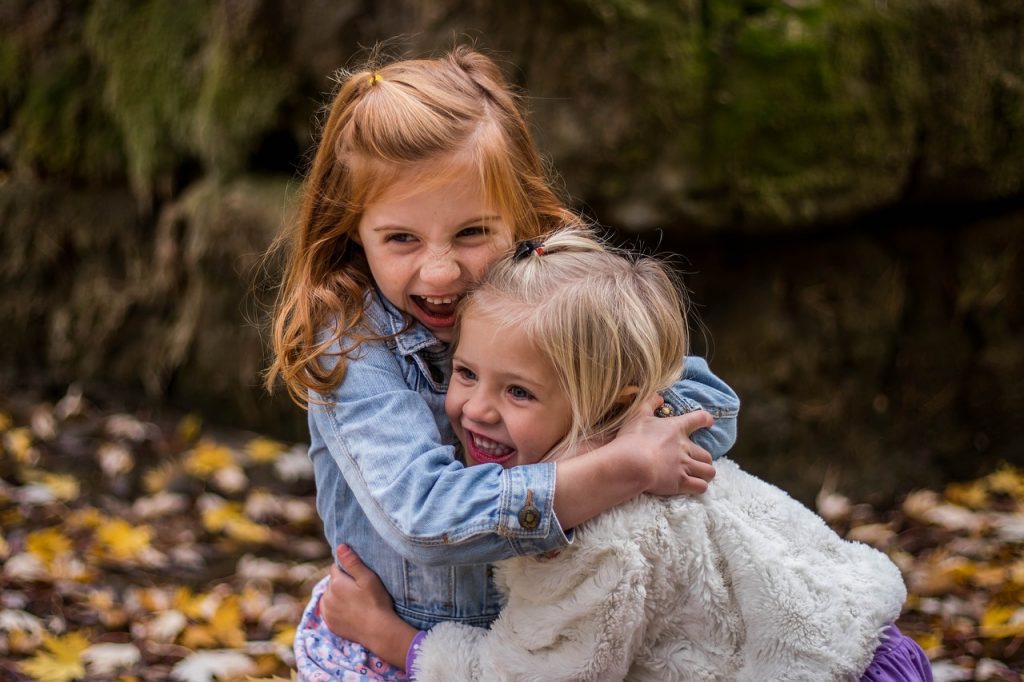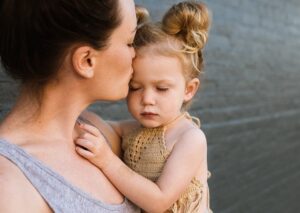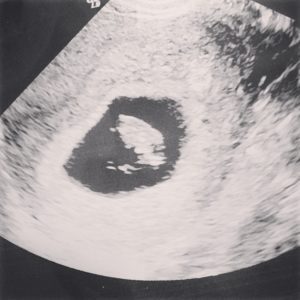Child abuse refers to physical violence against the child and any form of maltreatment caused by an adult that is threatening or violent for the child. There are cases where the abuse is not caused intentionally. Sometimes, parents cannot care properly for their children due to unemployment, financial pressure, mental health problems, etc. That can lead to abuse and dysfunctional behavior.
To find out more about this topic, you can find online essays and papers written by students who study psychology. And in their argumentative essay about child abuse, you’ll see a clear definition of what actions can be marked as child abuse. As we see, сhild abuse can be physical, sexual, or emotional mistreatment or neglect of a child. In many situations, the children may fear that the abuser is too powerful or worry that no one will believe them, so to know how to protect a child, you need to understand what these four types of abuse imply.
Table of Contents
Types of Abuse
Physical Abuse
Physical abuse refers to injuring or hurting a child intentionally. Sometimes the injuries may not leave visible marks. This kind of abuse includes: hitting, burning, shaking, biting, poisoning, throwing, choking, smothering, etc.
Sexual Abuse
Sexual abuse occurs when an adult uses their power to involve a kid in sexual activity.
Neglect
Neglect occurs when the basic needs of the children are not met. That automatically affects their development and health. The children’s basic needs include food, health care, clean living conditions, adequate clothing, adequate supervision, and personal hygiene.
Emotional Abuse
Emotional abuse against children happens when the kid feels threatened, which negatively affects their emotional, intellectual, and social development. Emotional abuse can be caused by name-calling, yelling, rejection, criticism, isolation, etc. Domestic violence can also lead to emotional damage. Kids who experience domestic violence may not have the basic care, and such abusive actions can negatively impact their child development and harm them mentally. In their essay samples on child development, many students state that domestic violence can cause post-traumatic stress disorder and affect the kids’ wellbeing. It may also brainwash the kids into thinking that violence is a solution to any problem. The purpose of those free essays on this topic is to bring close attention to this problem.
How to protect your child from child abuse?

As sad as it may seem, this is a frequently asked question from parents because fear of child abuse is something that most parents share. As a help, the following are some of the best tips on how to protect your kids:
Teach them about Personal space: Teaching kids about personal space and boundaries from a very young age can help them avoid potentially harmful situations in the future. Make it clear that personal boundaries apply to all parts of the body and that all touching require their consent.
Teach them about private body parts:
- Deeply explain what private parts are to your children.
- Tell them that no one should see or touch their private parts other than parents or doctors.
- Use the proper terminology with them, such as vagina and penis. If your kid feels comfortable using those words, they may speak more clearly if something happens to them.
Teach them not to hurt others: Make it clear that hurting others is not ok. Explain that pulling hair, hitting, biting, or kicking is hurting others. Be argumentative if your child physically harms someone. And tell them that if someone hurts them or witnesses someone hurting another person, they should tell an adult about it.
Teach them about honesty: Explain to them that no one should ask them to keep secrets from their parents. Talk to them about how their day went. To make it more fun, you can even make a template on a piece of paper with the days of the week and ask them to write what happens to them every day.
Signs of Child Abuse
The warning signs of abuse aren’t always obvious, but learning how to recognize the signs can make a huge difference in a kid’s life.
Emotional abuse: Withdraw, fear, anxiety, shows signs of aggression, isn’t attached to parents, etc.
Physical abuse: Bruises on the body, shy away from touch, flinch at sudden movements, and are afraid to go to the places where they are abused.
Neglect – Wear filthy clothing, have bad hygiene, have untreated illnesses, and frequently miss school.
Sexual Abuse – Having trouble sitting or walking, knowing sexual acts inappropriate for their age, not wanting to change clothes in front of others, trying to run away from home.
Conclusion
All types of abuse leave scars. The physical scars may go away, but the emotional scars leave a long-lasting effect throughout life. So staying persuasive with your teaching methods and forming a strong relationship with the people around your kid may help you prevent any form of child abuse.
Featured Image by Hans Kretzmann from Pixabay




